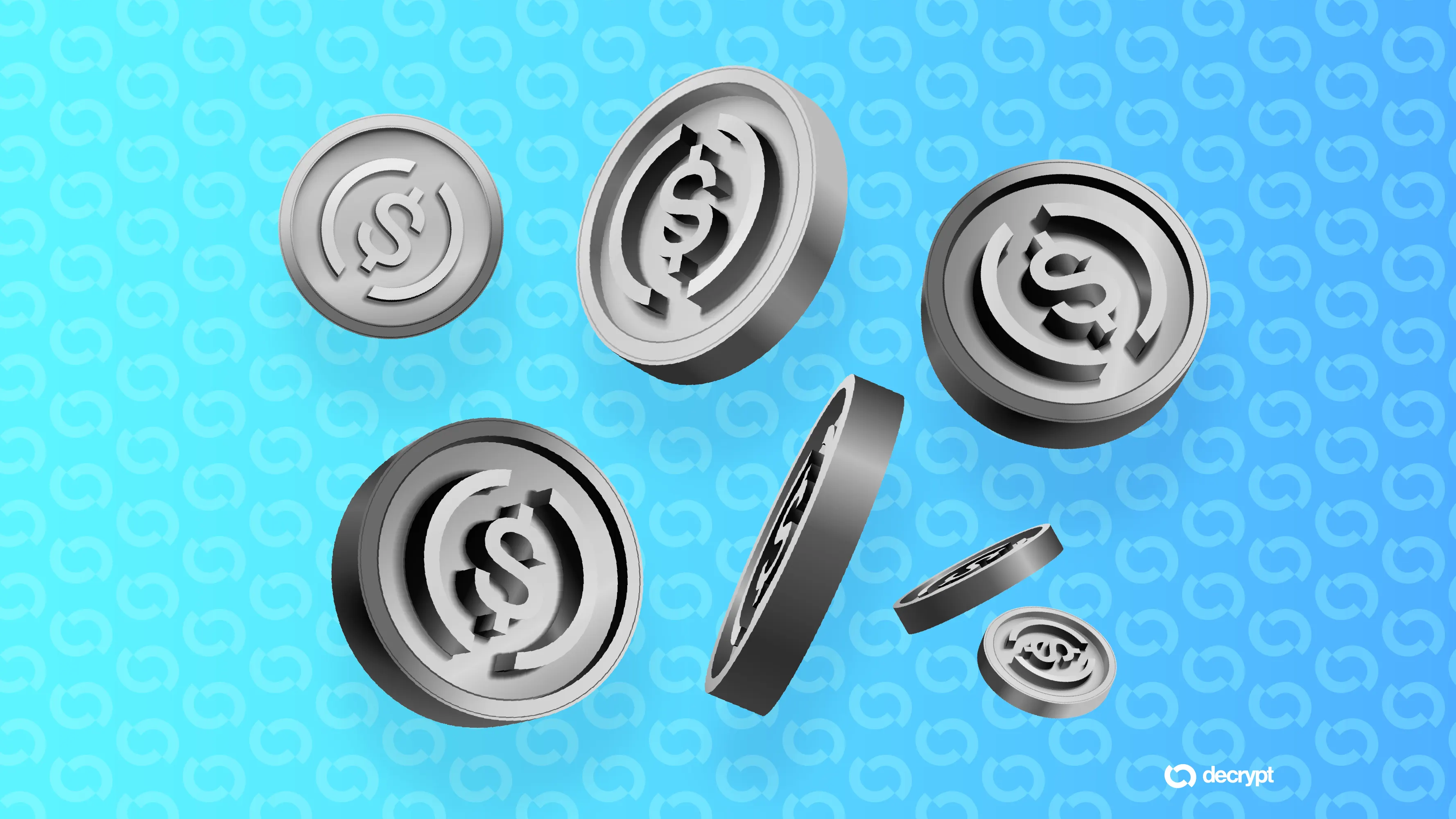In brief
- Lawmakers and crypto industry leaders have argued stablecoins will redefine the U.S. economy once relevant legislation passes.
- A senior Moody's analyst doubts swarms of traditional banks and merchants will create their own stablecoins anytime soon, however.
- Too many technical barriers remain, and media hype about an explosion of new stablecoin issuers is overblown, the analyst said.
Ask any pro-crypto lawmaker or industry leader, and they’ll tell you stablecoins are about to take over the world.
Earlier this month, the Senate passed a landmark bill to formally legalize stablecoin issuance in the United States—legislation that parties involved have promised will, once signed into law, unleash the promise of instantaneous blockchain payments on all corners of the U.S. economy.
Crypto leaders have forecasted that once the federal government gives the green light, hundreds of stablecoins—even thousands—could soon flood the market, challenging the dominance of giants Tether (USDT) and Circle (USDC).
But others are less bullish. Analysts at Moody’s, one of the world’s top credit rating agencies, contend that the current stablecoin hype may be significantly overblown—and that, even if relevant legislation passes in the United States, numerous barriers stand in the way of the asset’s widespread adoption.
“I don't think there will be a tremendous flow of new issuers,” Cristiano Ventricelli, a senior analyst at Moody’s specializing in digital assets, told Decrypt. “We can’t forget that issuing stablecoins is one thing, but having a viable business model for stablecoins is another.”
Why the caution? It comes down to who boosters say will rush to adopt stablecoins, and why. Two popular sectors invoked these days are institutional finance and major retail. Big banks will rush to create their own stablecoins to settle cross-border payments instantaneously, the argument goes, and major retailers will want to whip up their own dollar-pegged tokens to dodge costly payment processing fees.
Both use cases face major hurdles, however, by Ventricelli’s estimation.
Take the big banks. Sure, they could create their own stablecoins to streamline payments. But creating a new dollar-pegged currency backed by audited fiat reserves would be time-intensive and costly, when a simpler remedy like launching tokenized bank deposits (recently rolled out by J.P. Morgan and teased by HSBC and Deutsche Bank) might do.
“Do you really need a stablecoin to do that?” Ventricelli asked of banks seeking to make payment transfers more efficient. “Or do you have other solutions?”
Then there’s the matter of retail stablecoins, which gets even thornier. Though the likes of Amazon and Walmart are reportedly investigating whether to launch their own crypto tokens, Ventricelli is not certain such plans will ultimately materialize.
If top retailers end up launching stablecoins to control their own payment rails, consumers would be left holding far too many different tokens—which each will likely function as vouchers within closed systems, the Moody’s analyst said. One stablecoin to get your morning coffee at Starbucks. One stablecoin to buy groceries at Walmart. Another to pay for your online shopping on Amazon.
The situation would quickly become untenable, Ventricelli said—especially given the fact that to swap one stablecoin for another would require robust liquidity pools for each and every conceivable token pairing. That’s just like in decentralized finance, or DeFi, where lucrative incentives facilitate the seeding of pools for crypto token pairs.
“If you want to exchange one asset for another, you need a deep market,” Ventricelli said. “Do we necessarily foresee having a [deep] market where you can exchange the Amazon stablecoin against the Walmart stablecoin? Maybe, maybe not.”
If such liquidity pools did not materialize, then the situation becomes even more convoluted.
“I need to convert the Amazon stablecoin into fiat, and then with fiat buy the Walmart stablecoin,” Ventricelli said. “It's hard to claim that we are solving a real-world problem this way.”
In recent weeks, likely emboldened by the potentially imminent passage of stablecoin legislation in the United States, major players around the world have started exploring issuing their own fiat-pegged crypto tokens. But curiosity and commitment can be two very different things.
“The fact that it's now possible to do something doesn't necessarily mean everyone will rush to do it,” Ventricelli said. “This is what we hear from the media, but it's not necessarily the way we think about it.”
Edited by Andrew Hayward

